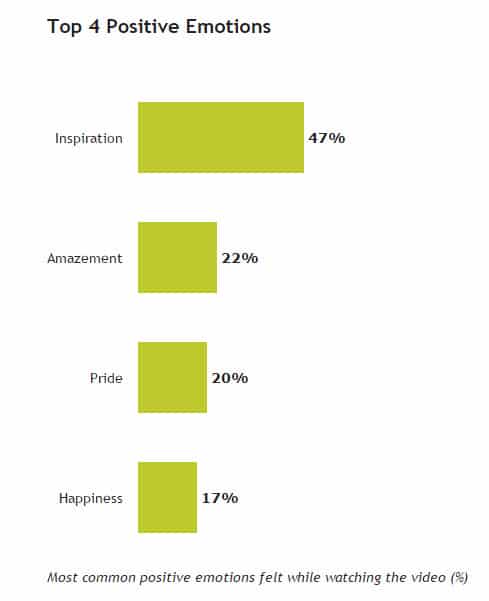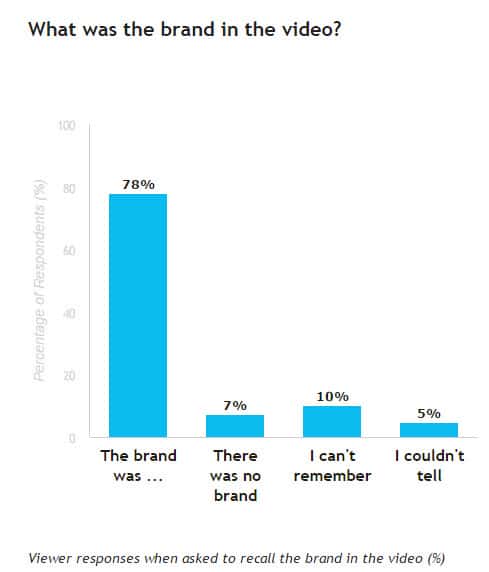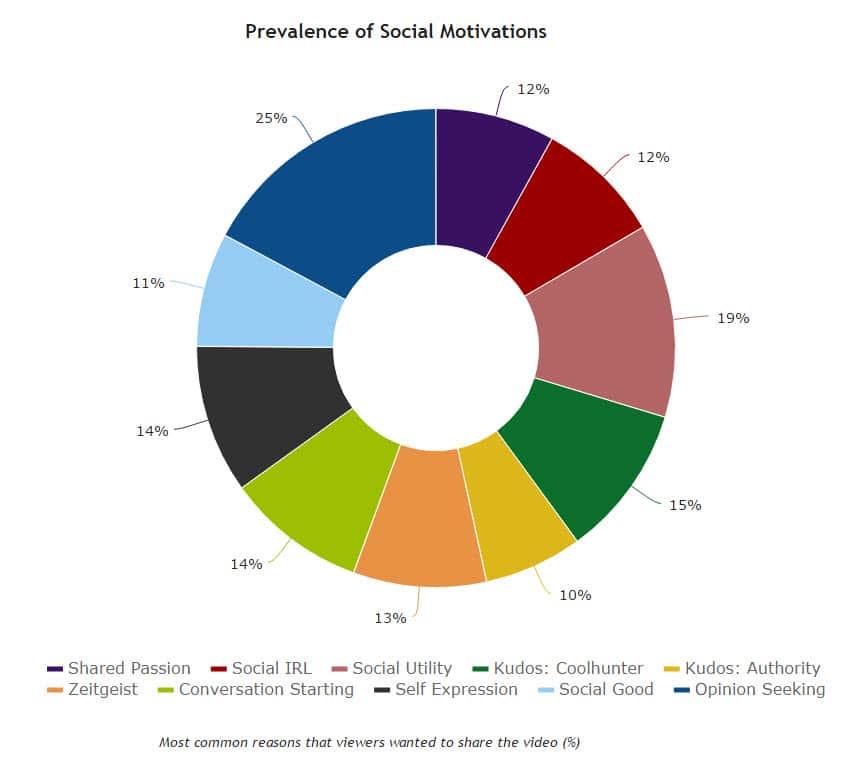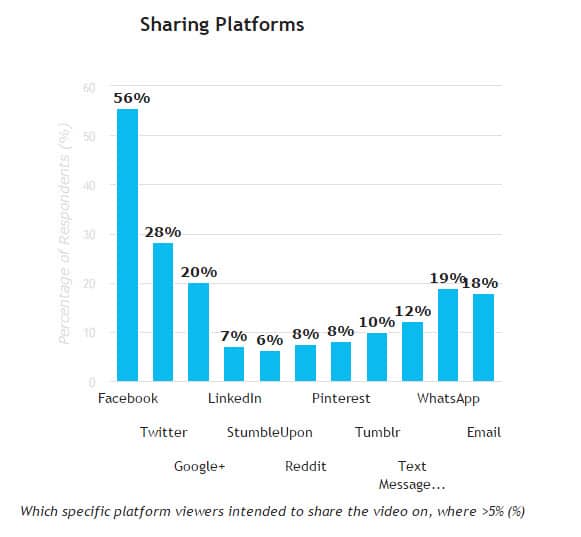Ad Pulse: Under Armour’s “Rule Yourself | Michael Phelps”
What makes a golden Olympic ad? Big sports stars? A great soundtrack?
Well, with the Rio Games in full swing, Unruly has looked at one of this year’s biggest ads in more detail.
Under Armour’s “Rule Yourself”, starring swimmer Michael Phelps, has attracted 308,000 shares since it was released back in March, making it the second most shared Olympics ad in 2016 and the fifth most shared Olympics ad of all time.
But what made it such a hit online, as well as with the judges at Cannes? Why did consumers share it and which audiences did it appeal most to?
Let’s take a closer look.
Emotional impact
Rule Yourself’s dramatic and emotional tone elicited strong emotional responses from a wide range of viewers. Inspiration was the most widespread emotion detected in 47% of viewers, while younger Millennials aged 18-24 felt this emotion most intensely, with 68%. This is likely due to the superstardom of Michael Phelps, who has been a childhood hero to many Millennials. The entire video brought inspirational scenes of the Olympian’s training regime until the very end, leaving viewers with the tagline of “It’s what you do in the dark, that puts you in the light.”
Millennials and Boomers both had inspiration and amazement as their two top positive emotions. However, Millennials were more likely to also feel happiness and surprise, while older demographics were more likely to feel warmth and exhilaration.

Confusion was prevalent among older audiences (27% of viewers aged 45+ said they felt confused), which dampened their emotional response and made it less shareable. Meanwhile, confusion was very low among younger viewers.
Brand metrics
Brand recall for the Phelps video was around average at 78% (US average is 79%) and was fairly consistent across age groups. However, 13% of Millennials, the group that had the strongest emotional impact to the video, didn’t think there was a brand associated with the video at all.
Intent to find out more and purchase intent were both 45%, but were higher for males (52%, 51%) than females (38%, 39%).
Although the youngest male (18-24) viewers had the strongest emotional response, 25-44s had far stronger intent to purchase and find out more.

Social motivations
People were most likely to share this ad to seek opinions of their networks. Males were twice as likely than females to share it to start a conversation (18% vs. 9%), showing they found this story particularly thought-provoking.
Viewers aged 18-44 really identified with the content as self-expression was one of the top motivations for this group. Females aged 18-44 identified with it more than anyone (22%). However, this really drops off for viewers 45+ to 8%.

Opinion Seeking, Social Utility and Kudos: Coolhunter were also top motivations. Kudos: Coolhunter is not typically a standard motivation and could point to Under Armour getting a reputation for doing great ads, particularly after its “I Will What I Want” campaign last year.
Where did people share it?
Millennials are also more likely to share the Under Armour video across a diverse array of social platforms.
Facebook was the most likely medium for sharing the video, but where 35+ demos say they would only share across 6 platforms, Millennials said they would share across 11, including Pinterest, Tumblr and Reddit.

